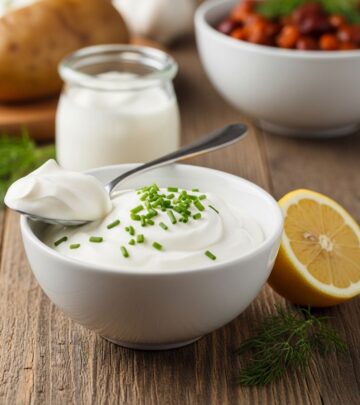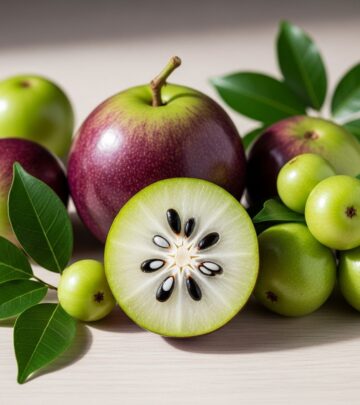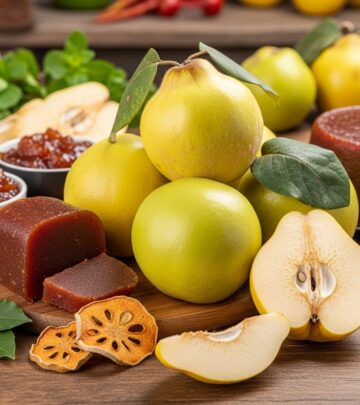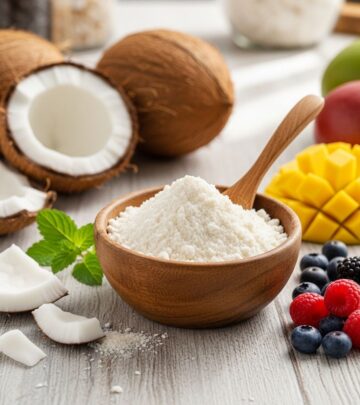Discover the Remarkable Benefits of Milk for Skin, Hair, and Health
Harness nature’s richness to boost your glow, fortify strands, and enhance vitality.
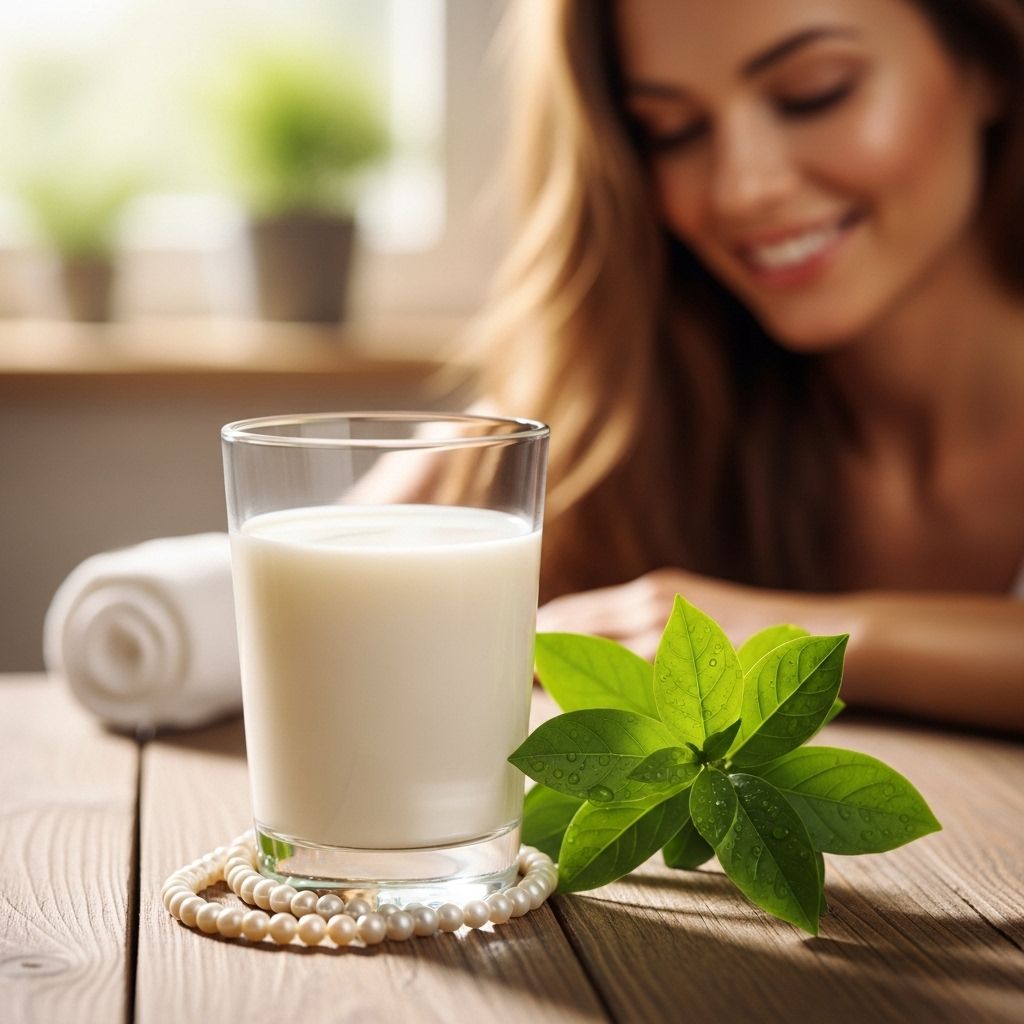
Benefits of Milk for Skin, Hair, and Health
Milk has long held a revered place in dietary and beauty routines across cultures. Not only is it a staple beverage and ingredient in recipes, but it is also celebrated for its rich nutritional profile and diverse benefits that span from internal wellness to external beauty. This article explores the comprehensive advantages of milk for skin, hair, and overall health, alongside tips for safe usage, nutritional facts, FAQs, and more.
Nutritional Profile of Milk
Milk is considered a whole food, offering an impressive array of essential nutrients that support key bodily functions. It provides:
- Protein: 7–8 grams per cup (casein and whey proteins)
- Calcium: Essential for bones and teeth
- Vitamin D: Promotes calcium absorption
- Vitamin B12: Vital for red blood cell production
- Vitamin A: Important for vision and skin health
- Potassium and Magnesium: Support heart health and muscle function
- Zinc, Phosphorus, and Folate
Milk also contains small amounts of iron, selenium, vitamin B-6, vitamin E, vitamin K, niacin, thiamin, and riboflavin.
| Nutrient | Amount per 1 cup (244g) | % of Recommended Daily Amount (RDA) |
|---|---|---|
| Calcium | 276 mg | 28% |
| Magnesium | 24 mg | 7% |
| Phosphorus | 205 mg | 29% |
| Potassium | 322 mg | 9% |
| Vitamin A | 112 mcg | 12.5% |
| Vitamin B12 | 1.10 mcg | 46% |
| Zinc | 0.90 mg | 11% |
| Protein | 7–8 g | 16% |
Milk for Skin: Benefits & Uses
- Cleansing: Lactic acid in milk helps remove dirt and dead skin cells, gently exfoliating for a brighter complexion.
- Moisturization: The fats and proteins in milk hydrate dry skin and lock in moisture, giving a soft, supple feel.
- Brightening: Regular topical application can reduce pigmentation and enhance skin radiance.
- Anti-Aging: Milk’s antioxidants reduce free radical damage, minimizing fine lines and wrinkles.
- Soothing: Milk compresses can calm sunburn, irritation, or minor inflammation due to its protein and fat content.
Popular Milk-Based Skin Treatments:
- Milk Face Cleanser: Apply raw or chilled milk using a cotton pad. Rinse with lukewarm water for a fresh glow.
- Milk & Honey Mask: Mix milk with honey for an ultra-hydrating DIY face mask.
- Milk Bath: Add milk to bathwater for body-wide moisturization.
Milk for Hair: Nourishment & Practical Tips
Milk’s unique composition of vitamins, minerals, and proteins strengthens hair, promoting healthy growth and shine.
- Hydration and Repair: Milk proteins mend damaged hair strands, restoring texture and smoothness.
- Growth Stimulation: Nutrient-rich milk fosters stronger hair roots and reduces breakage.
- Scalp Health: Lactic acid in milk gently exfoliates the scalp, reducing dandruff and promoting cleanliness.
- Shine and Softness: Applied as a rinse, milk leaves hair lustrous, silky, and manageable.
Easy Ways to Use Milk for Hair:
- Milk Hair Mask: Apply full-fat milk directly to hair and scalp, massage, leave for 20 minutes, and rinse well.
- Milk & Banana Mask: Blend milk with a ripe banana, apply to hair, and enjoy hydration and shine boost.
- Curd (Yogurt) & Milk Mask: Mix milk and curd; apply to scalp and hair for deep nourishment.
Health Benefits of Milk: Key Wellness Advantages
- Appetite Control: Milk can help curb hunger, providing lasting satiety due to its high protein content.
- Bone Development: Rich in calcium, phosphorus, magnesium, and vitamin D, milk supports strong bones in children and adults and helps reduce fracture risk.
- Dental Health: Milk’s minerals reinforce tooth enamel and overall dental health.
- Diabetes Prevention: Certain milk fats and proteins balance blood sugar and may help prevent Type 2 diabetes.
- Heart Health: Milk fat can raise HDL (good cholesterol), and potassium content aids blood pressure management.
- Muscle Growth and Repair: Casein and whey proteins in milk are ideal for building and repairing muscle tissue.
- Immunity Boost: Essential vitamins and minerals in milk strengthen immunity responses.
Raw Milk vs. Pasteurized Milk
Raw milk, when carefully produced under sanitary conditions, is rich in live enzymes and probiotics that aid digestion, reduce allergies, and support gut health. Meanwhile, pasteurization eliminates these beneficial bacteria and enzymes but still retains the core nutritional value and safety advantages.
| Raw Milk | Pasteurized Milk |
|---|---|
|
|
Types of Milk: Cow, Goat, Plant-Based & Golden Milk
- Cow Milk: The most common milk globally, rich in protein and minerals, available as whole, low-fat, or skim.
- Goat Milk: Easier to digest for some due to distinct protein composition; also a good calcium source.
- Plant-Based Milks: Soy, almond, oat, and coconut milks are lactose-free but often lower in protein. Check for fortification with calcium and vitamin D.
- Golden Milk: Made by mixing milk (often cow or plant-based) with turmeric and spices, golden milk is praised for anti-inflammatory and antioxidant properties, immune and digestive support.
How to Use Milk for Skin & Hair
- Face Cleanser: Dip cotton in milk and gently rub onto face. Rinse off for a clean, soft feel.
- Milk Bath: Add a few cups of milk to warm bath water. Soak to moisturize and soothe skin.
- DIY Hair Mask: Mix milk with ingredients like honey, banana, or yogurt. Apply to scalp and strands, leave for 20–30 minutes, then rinse.
- Scrub: Blend milk with oatmeal for a natural exfoliant, suitable for both face and body.
Always patch test before first application to check for sensitivity or allergy.
Potential Side Effects & Risks of Milk Consumption
- Lactose Intolerance: Some people lack lactase enzyme needed for digesting milk sugar, leading to bloating and discomfort.
- Milk Allergies: Allergic reactions can include hives, swelling, and more serious symptoms.
- Excess Calories/Fats: Whole milk is high in saturated fat; choose lower-fat options as needed.
- Hormonal or Antibiotic Content: Some commercial cow’s milk may contain traces; opt for organic or pasture-raised if concerned.
- Raw Milk Safety: Only consume raw milk from trusted, sanitary sources to avoid risk of contamination.
Tips for Selecting & Consuming Milk Safely
- Choose milk suited to your dietary needs (e.g., lactose-free, plant-based, fortified).
- Look for milk fortified with vitamin D for better bone health.
- Store milk in the refrigerator and use before expiry.
- For skin or hair, prefer full-fat, organic, or raw milk for maximum nutrients—if safe.
Special Focus: Condensed Milk Benefits
- Muscle & Bone Health: Delivers concentrated proteins and minerals.
- Hypertension Reduction: Particularly helpful for pregnant women.
- Reducing Fine Lines: Topical use may aid in minimizing wrinkles.
- Weight Gain: High energy density aids those needing to boost calorie intake.
Condensed milk should be consumed in moderation due to its high sugar content.
Frequently Asked Questions (FAQs)
Q: Is drinking milk daily safe for everyone?
A: While most people can safely consume milk, those with lactose intolerance or milk allergy should opt for alternatives such as lactose-free, plant-based, or carefully sourced raw milk.
Q: Can milk help improve skin pigmentation?
A: Lactic acid and nutrients in milk may help brighten skin and reduce pigmentation with regular topical application.
Q: Is golden milk with turmeric beneficial for health?
A: Golden milk is rich in antioxidants and anti-inflammatories, supporting immunity, bone health, and digestion.
Q: Can milk be used to treat sunburn?
A: Yes, milk compresses can soothe minor sunburn due to proteins and fats, but severe burns require medical attention.
Q: Does milk aid in hair growth?
A: Yes, milk’s proteins and vitamins nourish the scalp and roots, promoting healthier hair growth.
Q: Should raw milk be preferred?
A: Only if sourced safely—raw milk from well-regulated, sanitary facilities provides enhanced enzymes and probiotics, but improper handling carries risks.
Final Thoughts
Milk is a versatile powerhouse, packed with key nutrients that contribute to robust health, radiant skin, and lustrous hair. Whether incorporated into daily diet, topical beauty routines, or specialized wellness protocols, milk offers multifaceted benefits. As with any food, tailor consumption to your individual dietary needs, preferences, and sensitivities, and always prioritize sourcing quality, safe milk for both ingestion and application.
References
Read full bio of Sneha Tete


